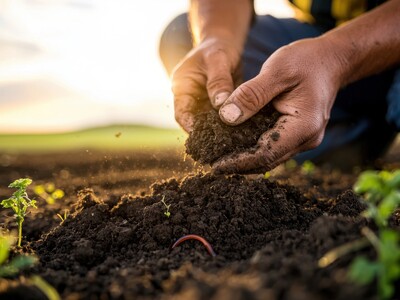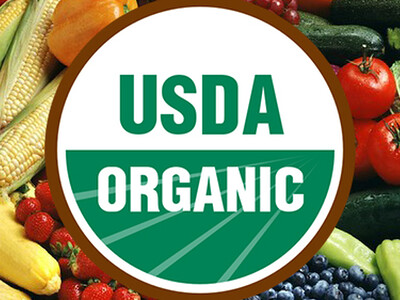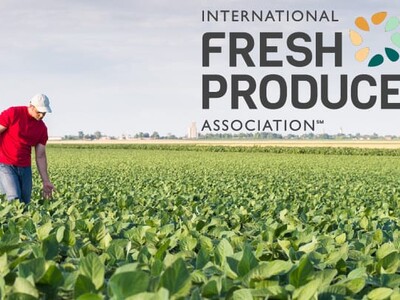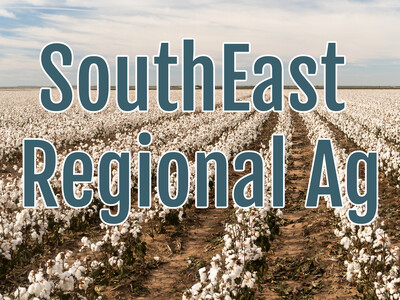Protecting Farm Land for the Future
Protecting
Planning for future generations of farmers is important now, more than ever. Rural land is rapidly diminishing to the tune of some two-million acres a year and more than half of that is farmland. So how do farmers and ranchers protect their lands from development? They can take advantage of a federal tax incentive for donated conservation easements to conserve their land but time is running out. The incentive - which can allow qualifying farmers and ranchers to deduct up to 100-percent of their income - is set to expire after December 31st.
BELLOW: Currently this program allows for tax benefits on the donation of conservation easements and it does provide a fairly unique opportunity for farmers who have a substantial amount of equity tied up in their farmland to continue on in their agricultural operations but obviously there’s the financial benefit of not having so much of their assets tied up in the dirt.
Bellow says that there is merit and value in this type of program.
BELLOW: Having taken those assets out removes the pressure on that piece of property for the development potential so you no longer have to consider are we eventually going to have to divide this farm up and sell it off to people to stay financially viable because you’ve taken that value out on the forward end and can use it to sustain your operation.
More than six-million acres of prime agricultural land was converted to developed uses between 1992 and 1997 - and Bellow says his part of
BELLOW: My wife and I feel we’ll have better options for passing it on to a younger or a new entrepreneur who wants to carry the operation forward. Without the conservation easement the property would have remained open with it’s development potential, it’s actually part of a planned urban growth area and 20 or 30 years in the future the value of the farm based on its development potential in that urban growth area would make it prohibitive for a new young farmer in the future to take it over. We’ve avoided that problem.
That’s today’s Line On Agriculture. I’m Greg Martin on the Northwest Ag Information Network.

















